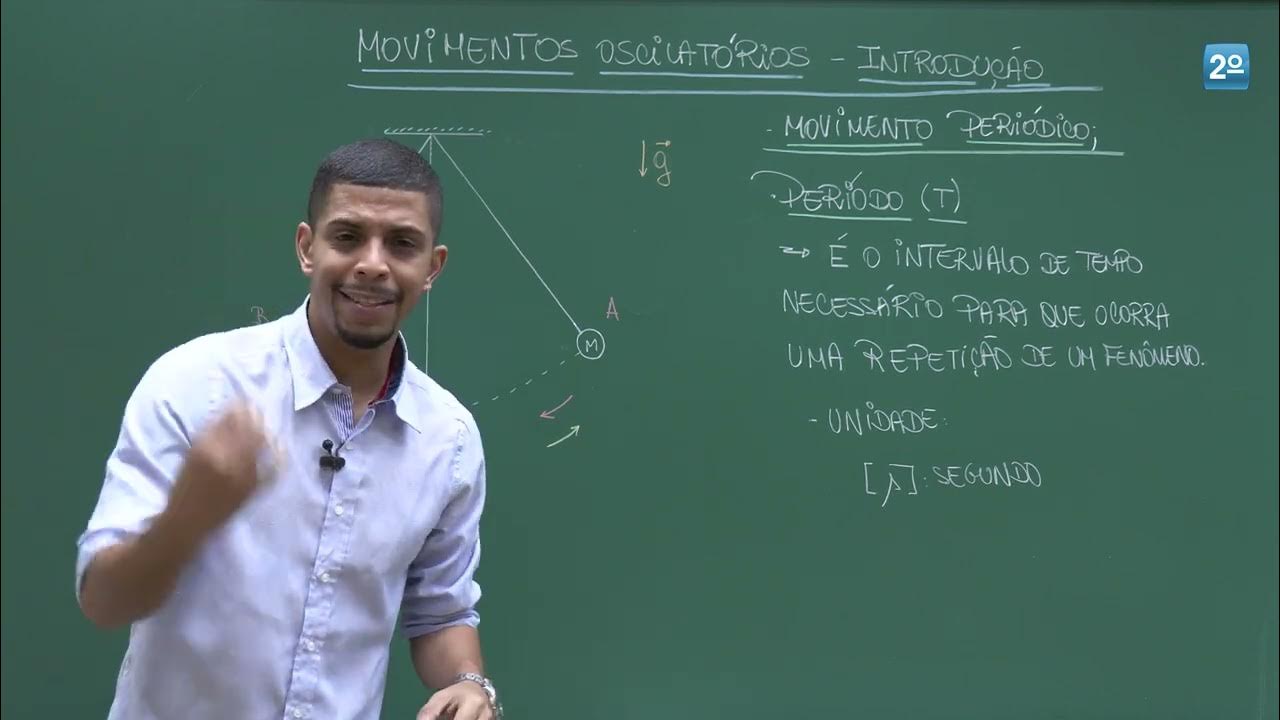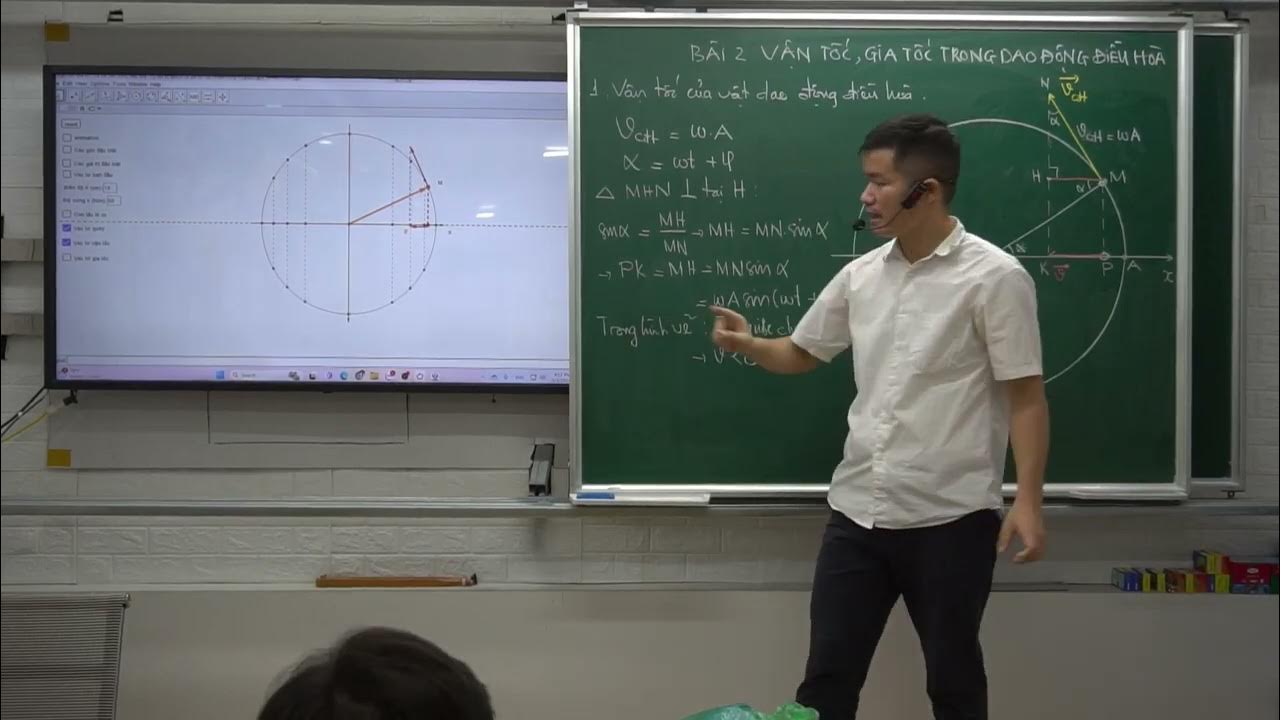CAMPO HARMÔNICO - COM USAR? AULA DE CAVAQUINHO para INICIANTES- LÉO SOARES
Summary
TLDRIn this video, Léo Soares introduces the concept of harmonic fields, specifically focusing on the major harmonic field and its practical application for cavaquinho players. He emphasizes the importance of understanding the harmonic field in music theory, not just memorizing chords, but also knowing how to use them in real musical contexts. Léo offers insights into the function of harmonic fields, discusses the need for ear training, and stresses that simply knowing the chords isn't enough to create music. He invites viewers to join his Telegram community for further learning and announces his upcoming method focused on cavaquinho strumming patterns.
Takeaways
- 😀 The importance of understanding the harmonic field for cavaquinho studies is emphasized, particularly the major harmonic field.
- 😀 Léo Soares encourages viewers to join the VIP Telegram community for direct interaction, question answering, and knowledge sharing with others.
- 😀 New content such as live streams will resume soon, with a weekly live session planned on Mondays.
- 😀 The harmonic field of C major is explained briefly, but the focus is on how to practically use it rather than just constructing it.
- 😀 The video demonstrates how certain chord progressions don’t automatically make music; just knowing the harmonic field doesn’t create music.
- 😀 It's crucial to learn how to utilize the harmonic field in music, not just memorize the chords.
- 😀 A complete music progression requires more than just knowing the individual chords in a harmonic field—it's about how they’re used together.
- 😀 Knowing the harmonic field of a key like D major helps identify the appropriate chords for improvising and playing music.
- 😀 The video highlights that playing music is not about memorizing every possible chord but about understanding the harmonic structure and listening to the music.
- 😀 Developing ear training is essential to play music intuitively; one must be able to recognize chords in context and respond musically.
- 😀 Léo encourages students to focus on learning a select repertoire and understanding music theory while developing their listening skills for improvisation.
Q & A
What is the main purpose of this video?
-The main purpose of the video is to explain the importance of understanding the harmonic field, specifically the major harmonic field, and how it can be applied in cavaquinho studies.
Why is it important to know the harmonic field for playing cavaquinho?
-Knowing the harmonic field helps players understand chord progressions and gives them the ability to play more musically. It provides a structured approach to knowing which chords and notes can work together in a given key.
What is the harmonic field being discussed in the video?
-The harmonic field discussed in the video is the major harmonic field, specifically the major chords and their variations, such as minor chords and diminished chords, all within the context of a major scale.
What is the significance of the 'Telegram community' mentioned in the video?
-The Telegram community allows for direct interaction with the instructor, Léo Soares, where people can ask questions, share knowledge, and learn from others who are going through similar musical learning processes.
What does Léo Soares recommend for beginners in cavaquinho?
-Léo Soares recommends that beginners should first understand the structure of the harmonic field, including the formation of chords and scales, before moving on to apply this knowledge practically in music.
What is the relationship between the harmonic field and actual music composition?
-While the harmonic field provides the theoretical foundation, it doesn't make music on its own. The real challenge is applying the harmonic field to create actual music by using the knowledge of chords and progressions effectively.
How does understanding the harmonic field help in learning songs?
-By knowing the harmonic field, musicians can identify the right chords that fit together in a song's key, giving them a clearer path when learning and playing new songs. It also helps in improvisation and adapting to different musical situations.
What is the role of ear training in understanding harmonic progressions?
-Ear training is crucial because it helps musicians recognize and internalize the sounds of different chords and progressions. This skill allows them to play more intuitively and makes it easier to navigate songs even when unfamiliar.
How does Léo Soares suggest handling songs with unexpected chord progressions?
-Léo suggests that if a musician understands the harmonic field, they can anticipate the likely chord progressions and know where to go next. This knowledge helps them stay on track, even if the song's structure deviates from the expected.
What are some of the key practical applications of understanding the harmonic field in music?
-Practical applications include knowing how to build chords, improvising solos, adapting songs to different keys, and understanding how different chords function within a progression. This knowledge improves both performance and composition.
Outlines

This section is available to paid users only. Please upgrade to access this part.
Upgrade NowMindmap

This section is available to paid users only. Please upgrade to access this part.
Upgrade NowKeywords

This section is available to paid users only. Please upgrade to access this part.
Upgrade NowHighlights

This section is available to paid users only. Please upgrade to access this part.
Upgrade NowTranscripts

This section is available to paid users only. Please upgrade to access this part.
Upgrade NowBrowse More Related Video

Curso de Teoria Musical - Aula 03: Campo Harmônico l Aula #44

CAMPO HARMÔNICO DE UMA VEZ POR TODAS

Aula 1 – Movimentos Periódicos e Introdução ao MHS

Dạng 1 Vận tốc của vật dao động điều hòa

Universo Mecánico 16 Movimiento Armónico

Pengantar Materi Getaran dan Gelombang pada Mata Kuliah Fisika Dasar ITK 2020/2021
5.0 / 5 (0 votes)